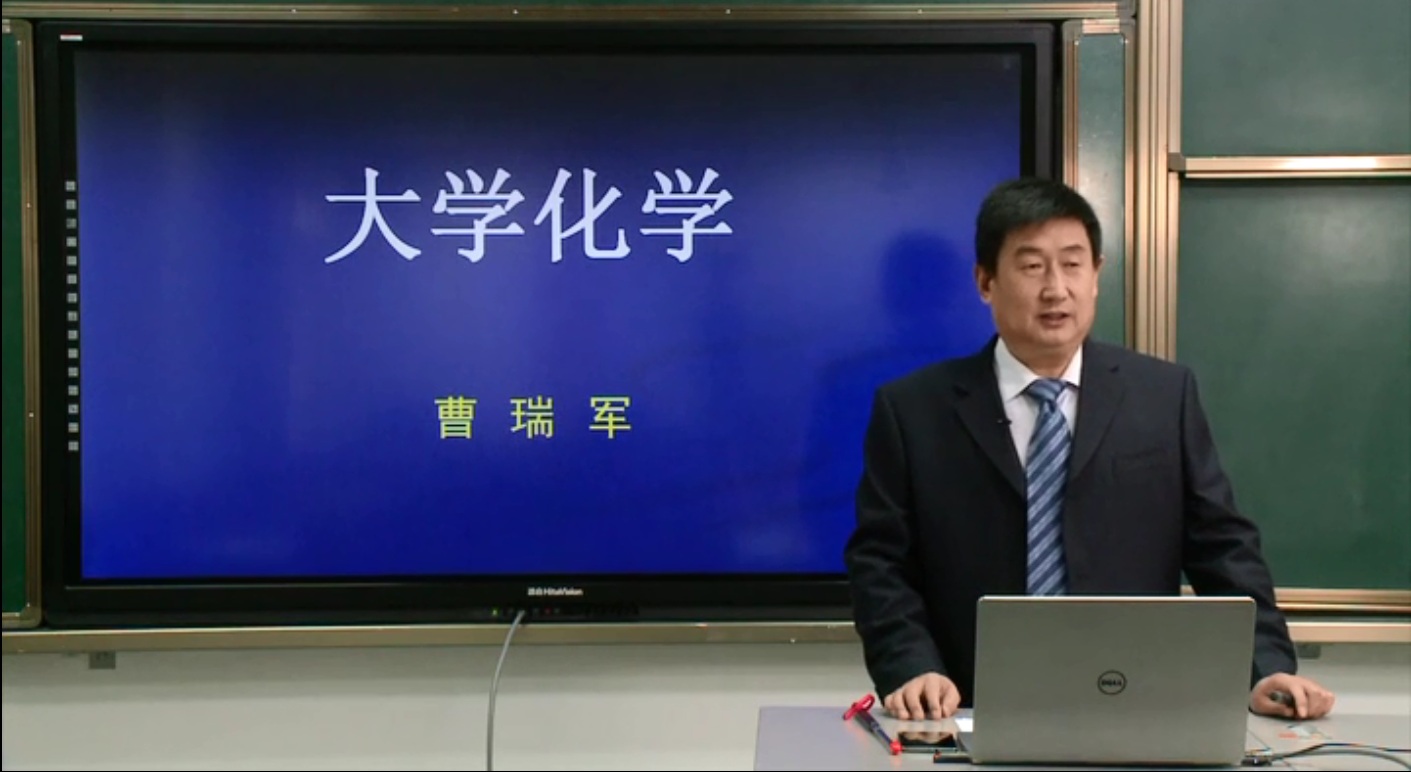
当前课程知识点:3ds Max: A Quick Start from Zero to One > Chapter 3: The Secrets of Making the Potoreal Image > 3.4.3 Color Temperatures and White Balance > 3.4.3 01
返回《3ds Max: A Quick Start from Zero to One》慕课在线视频课程列表
返回《3ds Max: A Quick Start from Zero to One》慕课在线视频列表
前面的影片中
我们介绍了
Arnold灯光的
类型和基本功能
这一讲
我们聊聊
经常会被大家忽略的功能
色温和白平衡
阿诺德灯光的颜色有RGB
灯光库和色温
Kelvins
灯光贴图四种选项
项目中
我们通常用色温K
来描述光源
例如
白炽灯为2500K
日光为5600K
或许你会问
色温是指光线在不同能量下
肉眼所感受到的颜色变化
Aronld Light灯光
所提供的色温颜色
在100K-20000K的范围间
我们常用到的色温
在2000K至8000K这个范围
色温越高
表面温度越高
颜色偏蓝
色温越低
表面温度越低
颜色偏红
2000K至3300K之间
是常见的光源
例如
钨丝灯
白炽灯
钨灯
卤元素灯
蜡烛火焰为1750K
100到200W的白炽灯为2900K
25W的白炽灯为2500K
3300K为钨、卤元素灯
4000K为白色荧光灯
5000K至6000K之间
是太阳光和天空光色温
具体数值取决于天气情况
例如
中午的太阳光5000K
阴天的日光6000K
太阳光表面温度为5800K
但太阳会透过大气层
日出或日落时会降到2000K
阴天时
又会提升至6000K
大多数情况下5600K
就是晴朗的中午阳光色温
记住这些色温数值
使用时不但能让你
快速设置灯光颜色
还能帮助你
更好的调节白平衡
和摄影的原理一样
计算机不能像肉眼那样
自动修正光线颜色
因此不同的场景
会受不同色温的影响
产生不同的偏色
例如这个场景
背景模型材质使用了深灰色
但在200W的白炽灯照射下
画面整体呈现了
偏黄色的颜色
如果你想让画面
更符合材质
所设定的颜色标准
深灰色
深灰色
就需要使用白平衡
以白色作为参考标准
缩短画面的色差
这样不仅有利于我们校色
多个不同场景的画面组接时
还会缩小色差
那如何使用白平衡
校正场景的颜色呢
打开环境和效果窗口
设置白平衡的温度参数
为2900K
让白平衡与灯光色温统一
就可以校正场景颜色了
为了便于你理解
我们准备了不同色温的光源
做个补充说明
当白平衡设置为2000K时
所对应为2000K的光源色温
会校正为白色
同理
当白平衡设置为3500K时
对应3500K的光源色温
也会校正为白色
以此类推
因此
只要将白平衡
与灯光色温相匹配
就可以使用白平衡
校正灯光色温颜色
获得白色光线
当然
我们也可以从艺术的角度
运用偏色
来营造画面的独特风格
例如
让画面整体偏暖或偏冷
制造不同的氛围
只要能满足我们的画面效果
各种风格都可以尝试
好了
色温和白平衡的设置原理
你已经掌握了
记住
如果想让模型
反映出原本该有的颜色
色温和白平衡设置很重要噢
今天的课程就到这里了
拜拜
-Fast Understand of 3ds Max,Starting Your Virtual Journey
--Preface
-Preface
-1.1 How to get 3ds Max
--1.1 02
-1.1
-1.2 Introduction to the Interface of 3ds Max
--1.2 01
--3ds Max
-1.2
-1.3.1 Project Preparation 1: Set Up Project Folder
--1.3.1
-1.3.1
-1.3.2 Project Preparation 2:Initialization Settings
--1.3.2
-1.3.2
-1.4.1 Opening and Saving Files
--1.4.1
-1.4.1
-1.4.2 Basics Operation
--1.4.2
-1.4.2
-1.4.3 Advanced Operation
--1.4.3
-1.4.3
-1.5 General Hotkeys
--1.5
-1.5
-1.6 Creating Geometric Primitives
--1.6
-1.6
-2.1 3D Modeling Overview
--2.1
-2.1
-2.2 Three Useful Modeling Methods
--2.2
-2.2
-2.3 Boolean Modeling
--2.3
-2.3
-2.4.1 Spline Modeling 1:Spline Modeling Overview
--2.4.1
-2.4.1
-2.4.2 Spline Modeling 2: Modeling From a Spline
--2.4.2
-2.4.2
-2.4.3 Spline Modeling 3:How to Edit Spline Objects
--2.4.3
-2.4.3
-2.5.1 Polygon Modeling 1:Polygon Modeling Method
--2.5.1
-2.5.1
-2.5.2 Component Selection Techniques
--2.5.2
-2.5.2
-2.5.3 Polygon Modeling 3: 16 Polygon Modeling Commands
--2.5.3
-2.5.3
-2.5.4 Polygon Modeling 4: Subdivision Modeling
--2.5.4
-2.5.4
-2.5.5 Polygon Modeling 5: Attaching and Detaching
--2.5.5
-2.5.5
-2.6.1 Advanced Modeling Skills 1:“Stereoscopic” Modeling Method
--2.6.1 01
-2.6.1
-2.6.2 Advanced Modeling Skills 2:Box Modeling Method
--2.6.2
-2.6.2
-2.6.3 Advanced Modeling Skills 3:Deconstruction Modeling Method
--2.6.3
-2.6.3
-2.6.4 Advanced Modeling Skills 4:Problems to be Considered in Modeling
--2.6.4
-2.6.4
-3.1 Rendering
--3.1 02
-3.1
-3.2.1 Render Your First Work
--3.2.1 02
-3.2.1
-3.2.2 Arnold Render Set Up
--3.2.2 01
-3.2.2
-3.2.3 Introduction to the Arnold Renderer
--3.2.3
-3.2.3
-3.2.4 Arnold Renderer 1: Sampling
--3.2.4 02
-3.2.4
-3.2.5 Arnold Renderer 2: RayDepth and Filtering
--3.2.5 02
-3.2.5
-3.3.1 What is Light?
--3.3.1 02
-3.3.1
-3.3.2 Light and Color
--3.3.2 02
-3.3.2
-3.3.3 Light and Shadow
--3.3.3 02
-3.3.3
-3.3.4 Produces Soft Shadows and Fast Shadow
--3.3.4 02
-3.3.4
-3.3.5 Six Types of Lighting
--3.3.5 01
-3.3.5
-3.4.1 Arnold Light Types
--3.4.1 01
-3.4.1
-3.4.2 Arnold Light Parameters
--3.4.2 01
-3.4.2
-3.4.3 Color Temperatures and White Balance
--3.4.3 01
-3.4.3
-3.5.1 Three-point Lighting Method
--3.5.1
-3.5.1
-3.5.2 Indoor Light Lecture 1: Make a Simple Night
--3.5.2
-3.5.2
-3.6.1 Advanced Skill 1:Rendering Tips
--3.6.1
-3.6.1
-3.6.2 Advanced Skill 2:The Normals and the Smooth Group
--3.6.2
-3.6.2
-4.1 Learn About This Chapter in Four Minutes
--4.1
-4.1
-4.2.1 How to Open the Material Editor?
--4.2.1
-4.2.1
-4.2.2 Using Physical Materials
--4.2.2
-4.2.2
-4.2.3 Three Assistants of the Material
--4.2.3
-4.2.3
-4.2.4 Create a Simple Material
--4.2.4
-4.2.4
-4.3.1 Using maps to Creat Different Looking
--4.3.1
-4.3.1
-4.3.2 Bitmap Node:A Small Node With Virtues
--4.3.2
-4.3.2
-4.4.1 UVW Mapping Method 1:Methods of Locking the Map
--4.4.1
-4.4.1
-4.4.2 UVW Mapping Method 2: UV Overlays
--4.4.2
-4.4.2
-4.4.3 Unwrap UVW 1: Basic of Unwrap UVW Modifier
--4.4.3
-4.4.3
-4.4.4 Unwrap UVW 2: Projection
--4.4.4
-4.4.4
-4.4.5 Unwrap UVW Part 3: Powerful UV Editor
--4.4.5
-4.4.5
-5.1 Animation Overvie
--5.1
-5.1
-5.2.1 3ds Max Animation
--5.2.1
-5.2.1
-5.2.2 Making Animation More Interesting Principle 1: Time and Space
--5.2.2
-5.2.2
-5.2.3 Making Animation More Interesting Principle 2: Slow Motion (slow-mo)
--5.2.3
-5.2.3
-5.2.4 Making Animation More Interesting Principle 3: Squash and Stretch
--5.2.4
-5.2.4
-5.3.1 Animation Technique 1: Parent-Child Relationship
--5.3.1
-5.3.1
-5.3.2 Animation Technique 2:Loop Animation
--5.3.2
-5.3.2
-5.4.1 Techniques of Using the Camera
--5.4.1
-5.4.1
-5.4.2 The Safeframe Cannot Be Ignored in the Camera
--5.4.2
-5.4.2
-5.4.3 Camera Movement
--5.4.3
-5.4.3
-5.4.4 Following Shot
--5.4.4
-5.4.4
-6.1 Rendering a VR Panorama With Arnold
--6.1
-6.1
-6.2 Fast Implementation of VR Interaction
--6.2
-6.2
-6.3 Fast Implementation of AR Interaction
--6.3
-6.3
-6.4 Friends of 3ds Max
--6.4
-6.4
-6.5 Self Learning and Improvement Methods
--6.5
-6.5
-6.6 Methods of Obtaining Resources
--6.6
-6.6
-7.1 PBR Technology Introduction
--7.1
-7.2 Toolbag PBR Real-time Rendering
--7.2
-7.3 Substance Painter PBR Painting
--7.3
-Shortfilm Casestudy 1:The Weapon Used in PUBG (PlayerUnknown's Battlegrounds)
--Microfilm Course 1:The Weapon Used in Eating Chicken
-Shortfilm Casestudy 2:Production experience of Classic of Mountains and Seas
--Microfilm Course 2:Production Process of Shanhaijing
-Examination


